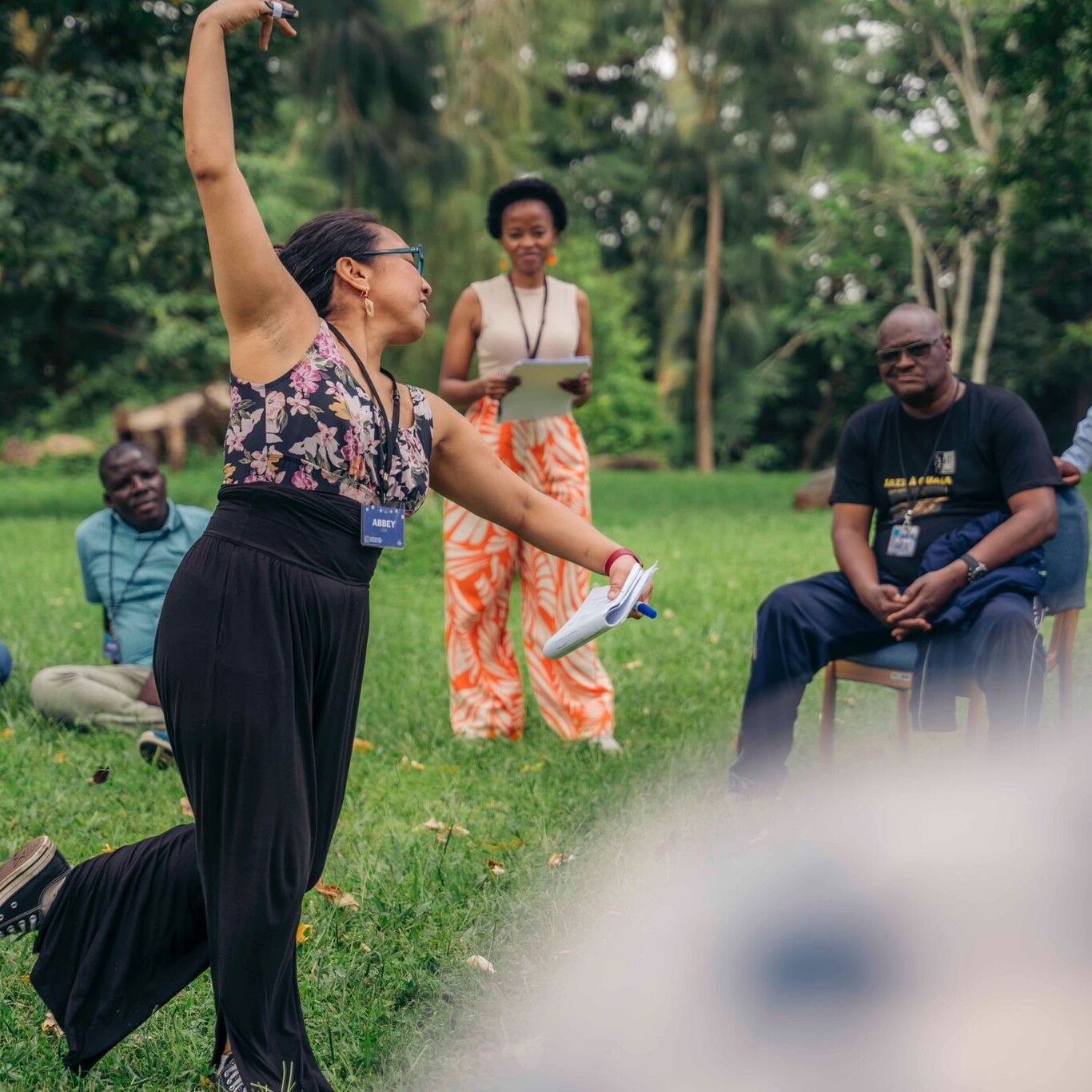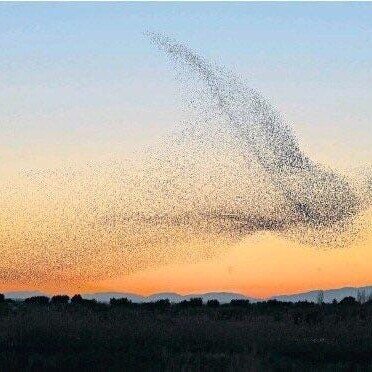by June Holley
First, An Introduction
For a long time, we’ve trained our eyes to see things with edges and boundaries: organizations, countries, selves. Things with edges and boundaries feel manageable and solid.
But the world is changing at an alarming rate, and the old ways of seeing are not quite up to the vertigo of a fast-paced universe. We need new ways of understanding our world that take into account new possibilities.
So, we start noticing networks –the relationships among people and the patterns those relationships create. Increasingly, we are realizing that it’s through networks that things get done. People go outside teams, organizations, and even countries to connect with those who can help them succeed. And, using social media, we can now collaborate and engage as easily with people around the globe as we can with people in our hometown.
We soon start to notice that all networks aren’t the same. Certain patterns in networks, such as a hub and spoke, are great when you want control. But when you need lots of innovation and aren’t at all sure what will work, bringing together people from different networks who have different perspectives and backgrounds can generate transformative experimentation.
But bringing together people effectively is not easy. It requires a whole set of new skills embodied in a new role we call a Network Weaver. A Network Weaver is someone who is aware of the networks around them and explicitly works to make them healthier (more inclusive, bridging divides). Network Weavers do this by connecting people strategically where there’s potential for mutual benefit, helping people identify and join with others around their passions, and serving as a catalyst for self-organizing groups.
A Tale of Network Connecting
Nestled in the Appalachian foothills of southeastern Ohio is the ACEnet Food Ventures Center, a kitchen incubator where people can rent the use of equipment to process specialty food products. The goal of the Center is to help as many people as possible start local food businesses, even if they have very little money (as is the case for many people in this region).
From the start, ACEnet staff knew they did not have the resources to provide entrepreneurs with the assistance they needed to be successful, so they developed another strategy. They spent much of their time strategically connecting entrepreneurs with each other. Here’s a typical scenario.
It was a blue-sky October afternoon in 1995, and Bill –network weaver extraordinaire –was standing on the loading deck of the newly completed kitchen Incubator where start-up entrepreneurs came to make their specialty food products. Craig, from Frog Ranch Salsa, was loading cases of his award-winning product into his truck and grousing about the high cost of jars.
Right then, another truck pulled up to the dock, and Betty – one of the owners of another salsa producer – hopped out and started unloading cases of empty jars that would be filled later that day. Bill immediately introduced Craig to Betty, encouraging them to compare notes about the quality of tomatoes that season and local bands that were playing in town that weekend. [
Network Weavers are continually making connections between people –but they are always connecting strategically. They point out commonalities that create a foundation for mutual benefit. They also help people figure out if they have the kind of personal and emotional connection that will enable them to do things together.
The two were now laughing and joking, so Bill introduced an opportunity. They both used the same jar for their salsa. Couldn’t they order jars together and significantly lower the price? Craig and Betty both thought this idea had some real potential, so Bill helped them figure out how it might work.
Network Weavers help people self-organize. They start with twosies –fairly simple activities that benefit both individuals. They coach rather than run the show. As a result, the two individuals are more thrivable: together they have freed up more money for their businesses and they now have a set of collaboration skills that can be used in many other situations.
The first order worked out without a hitch. The next time Bill saw Betty, he suggested that they might want to include several other businesses who used the same size jars in the next order so they could lower the price even more. Soon the joint orders filled an 18-wheeler and the cost of the jars was one-third the cost they had paid when they ordered singly. Now they got it: they could come up with all kinds of ways that they could improve their business and the community, find others to join them and make something happen. In the next few years, the people involved in the jar orders became Network Weavers themselves and, with many others, organized two different festivals, a regional brand, a loan fund, a food policy council, an innovation fund and many more collaborations.
Through modeling and coaching, Network Weaving encourages people to act their way into a new way of being. Network Weaving increases thrivability both for individuals and their communities as people gain the framework, skills, and processes they need to co-create wonderful communities.
When people take on the role of Network Weaver, they take responsibility for working with others to create healthier networks.
We encourage you to comment on this post so we can hear about your thoughts and experience.



